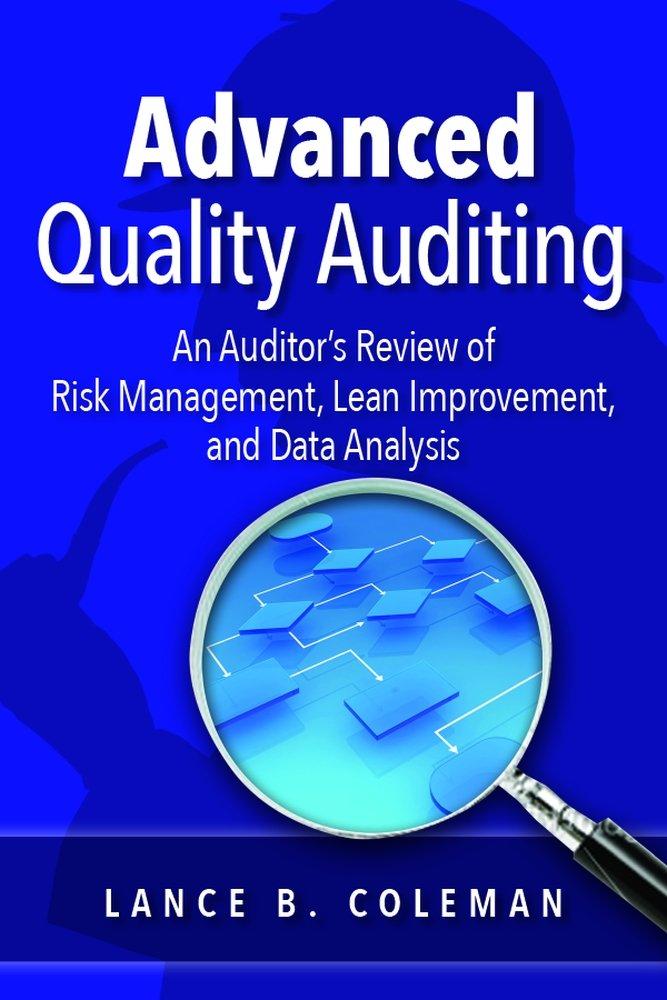Question
Chapter 10 Question 4: Ellis issues 9.0%, five-year bonds dated January 1, 2017, with a $550,000 par value. The bonds pay interest on June 30
Chapter 10 Question 4:
Ellis issues 9.0%, five-year bonds dated January 1, 2017, with a $550,000 par value. The bonds pay interest on June 30 and December 31 and are issued at a price of $572,325. The annual market rate is 8% on the issue date. (Table B.1, Table B.2, Table B.3, and Table B.4) (Use appropriate factor(s) from the tables provided.) Chapter 10 Question 4:
Required: 1. Compute the total bond interest expense over the bonds' life. 2. Prepare an effective interest amortization table for the bonds life. 3. Prepare the journal entries to record the first two interest payments. 4. Use the market rate at issuance to compute the present value of the remaining cash flows for these bonds as of December 31, 2019.
Compute the total bond interest expense over the bonds' life.
| ||||||||||||||||||||||||||||
Prepare an effective interest amortization table for the bonds life.
Prepare the journal entries to record the first two interest payments. Journal entry worksheet Record the first interest payment on June 30, 2017. Note: Enter debits before credits.
| ||||||||||||||||||||||||||||||||||||||||||||||||||||||||||||||||||||||||||||||||||||||||||||||||||||||||||||||||||||||||||||||||||||||||||||||||||||||||||||||||||||||||||||
Step by Step Solution
There are 3 Steps involved in it
Step: 1

Get Instant Access to Expert-Tailored Solutions
See step-by-step solutions with expert insights and AI powered tools for academic success
Step: 2

Step: 3

Ace Your Homework with AI
Get the answers you need in no time with our AI-driven, step-by-step assistance
Get Started


